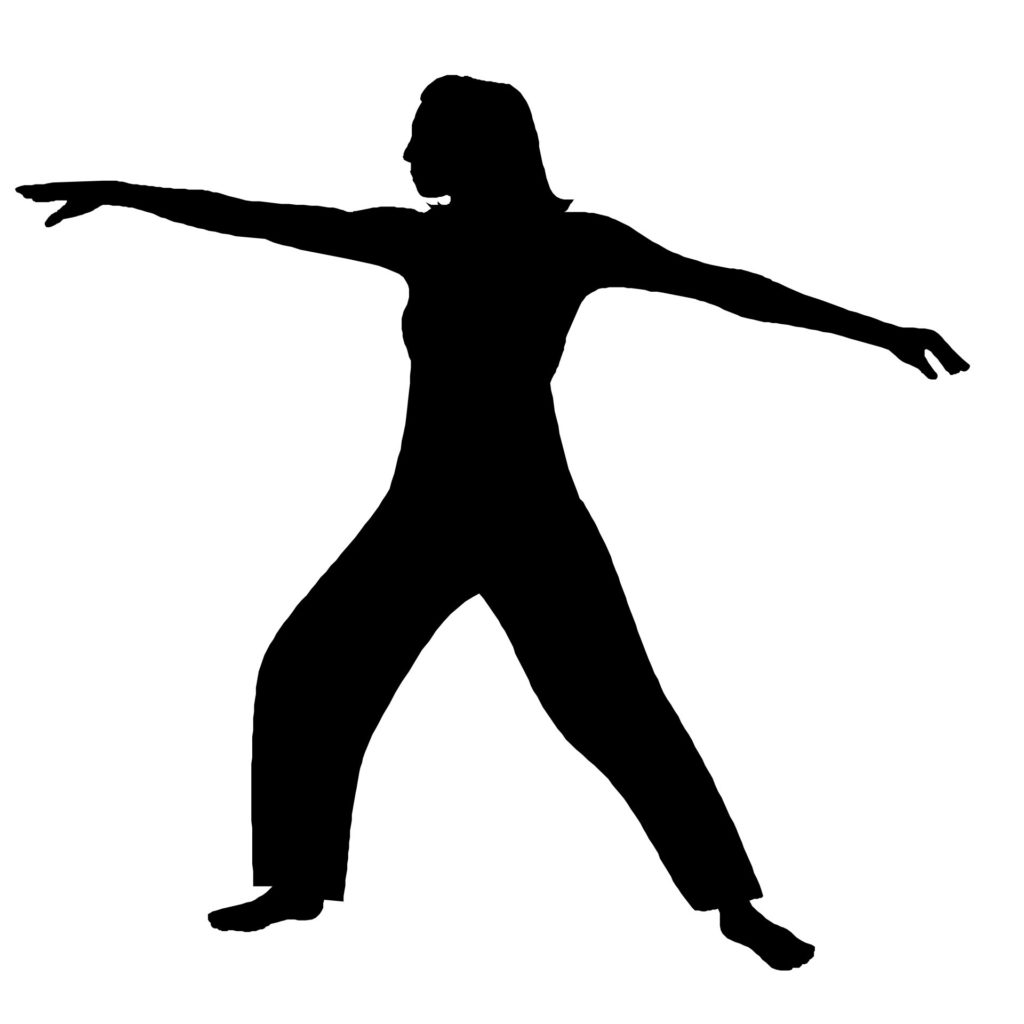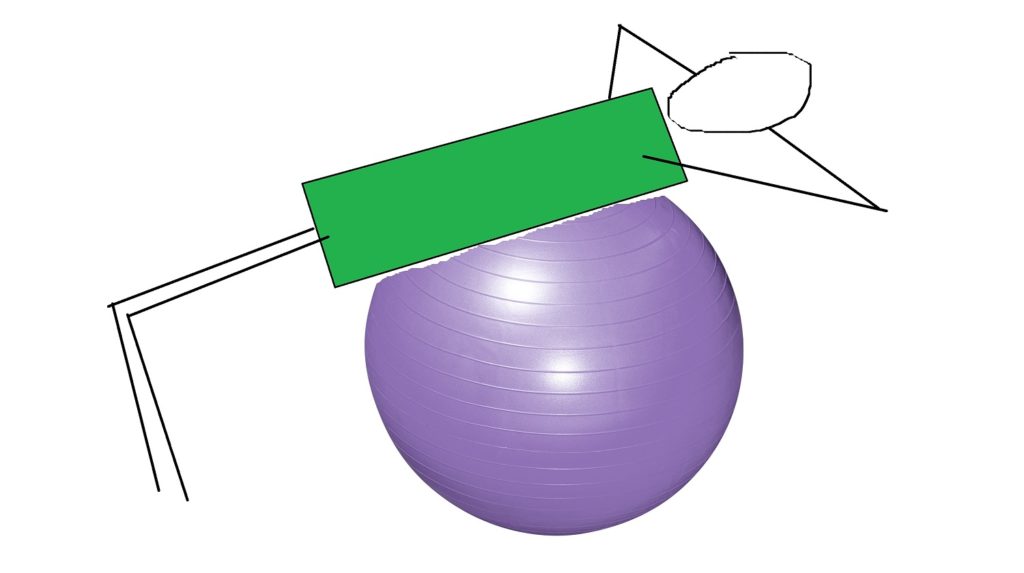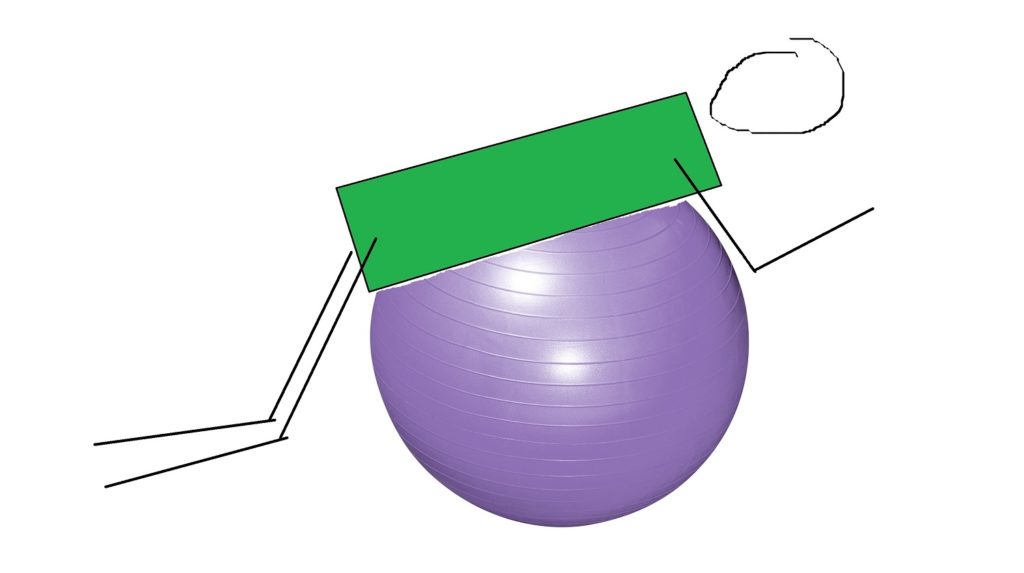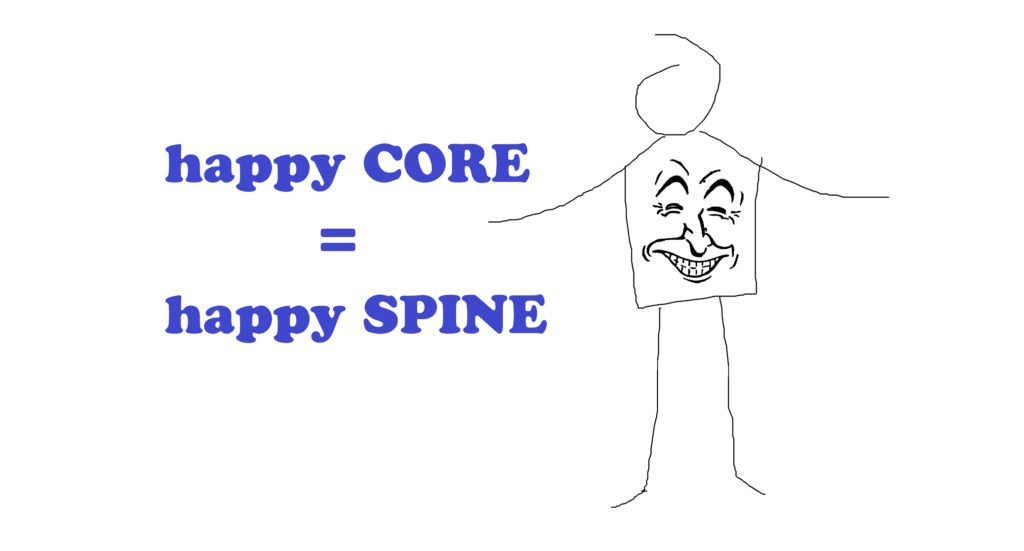Today is our final “post on posture” for the month. Exciting times! It makes sense that we’re ending with core strength because it is a critical part of keeping the spine where it needs to be – and posture has a lot to do with our spine.
WHY THE CORE?
Our spine moves in mysterious ways. Ok, not really. It moves in many ways, but they are not a mystery. Bending forward, backward, to the sides, and twisting are the biggies. In real life, we rarely move in just one of these directions, though. We usually move in a combination of them, such as forward and to the right.
Back injuries increase when (1) the spine reaches extreme angles and (2) when a load is applied (even if it is just our body weight). The core muscles are our best defense against these extreme angles. If strong and healthy, they will hold things in place while also resisting extremes in movement. Just like a low back brace supporting the spine during increased physical stress, the muscles of the core will stabilize the spine and protect it from injury.

STRENGTHEN & STABILIZE
When we strengthen the core we stabilize the spine. It is important to keep everything balanced and lined up properly. Imbalance between left and right, or the front and back, can be an aggravating factor leading to improper posture and impaired movement. (See our previous post for an example of this in the upper back.) Chiropractors will look for this during their examination and continue to give it attention with each visit.
There are many ways to gain core strength – exercises for the abdominal muscles, the erector spinae muscles in the back, and everything between. There are also many reasons patients don’t do the homework I give them. So instead of getting overwhelmed with the options or making it too hard on yourself, start with something basic and easy.
SOMETHING BASIC AND EASY
Doing these on an exercise ball helps strengthen the muscles on your sides because of balancing on the ball while moving up and down. Please excuse the cheesy pictures I created just for you.
CRUNCHES for the abs
- Lying on back
- Start with back extended over the exercise ball
- Do a sit-up, coming up past neutral or horizontal, then back down to neutral (not bent backward)
- Try to keep head still – don’t use the neck during sit-up

EXTENSIONS for the back
- Lying on stomach
- Start with back flexed (bent forward) over the exercise ball
- Bring back and head up just until the back is straight, then back down
- Arms can be crossed in front or held out with elbows back

Start by doing 20 repetitions of each of these, 1-2 times a day. If you don’t have an exercise ball, you can still do these on the floor. For the crunches you just need to come up high enough that your shoulder blades come off the floor. The extensions just need to slightly raise your chest from the ground, and you might also bring your legs off the ground at the same time.
